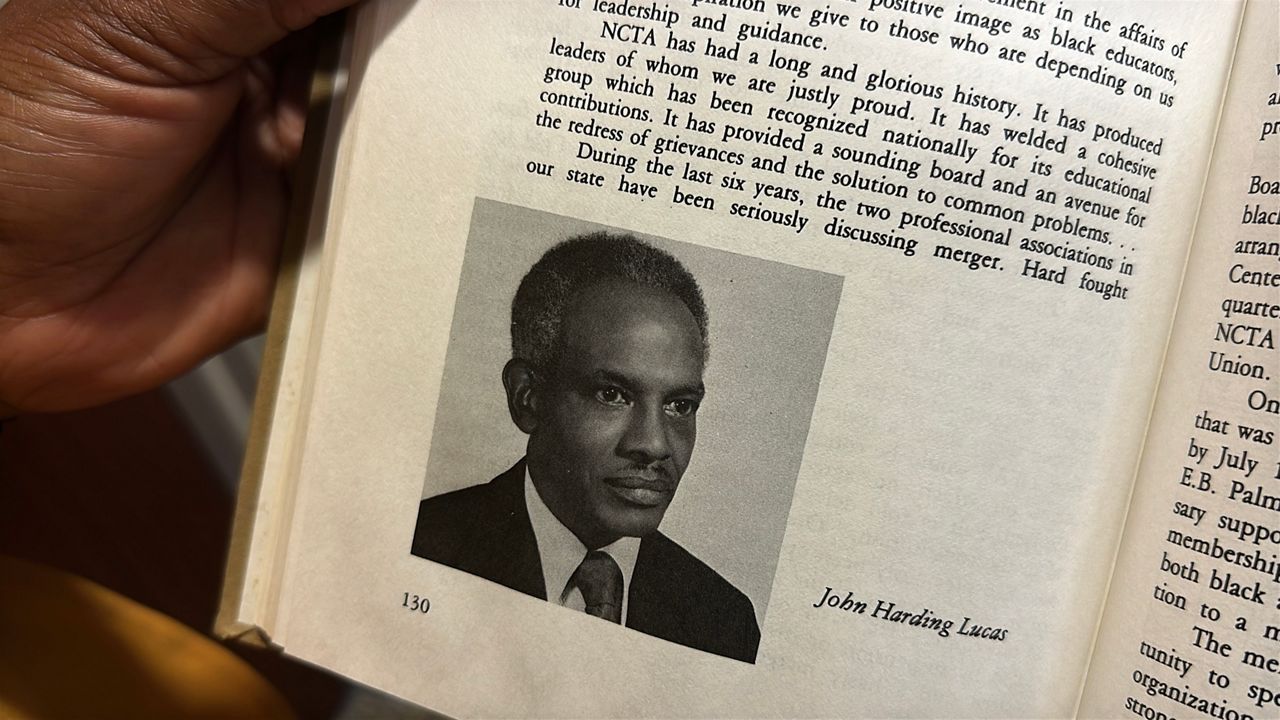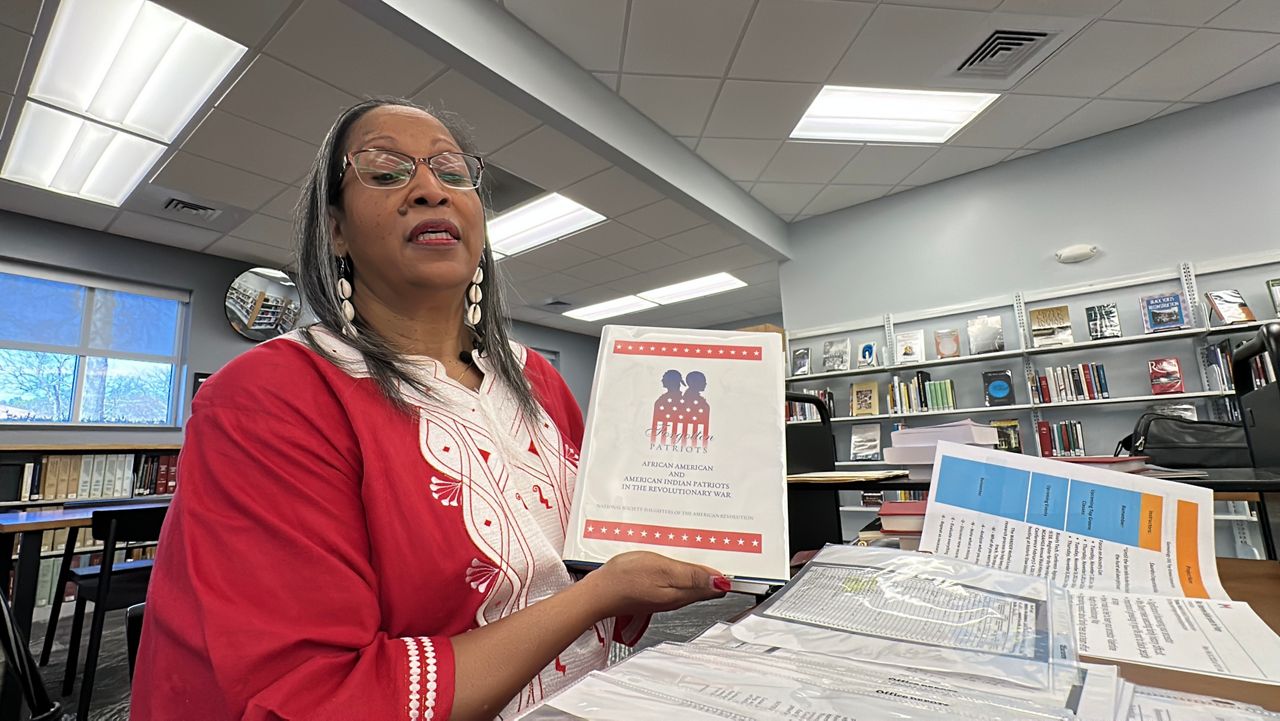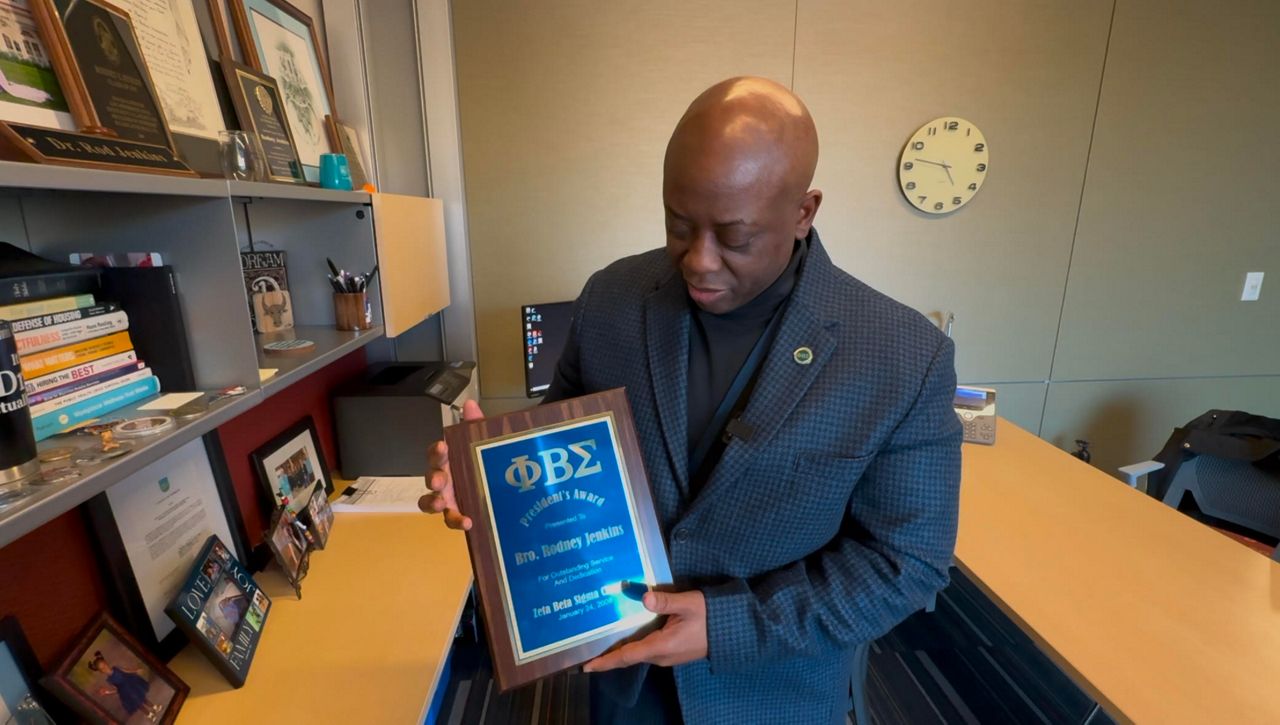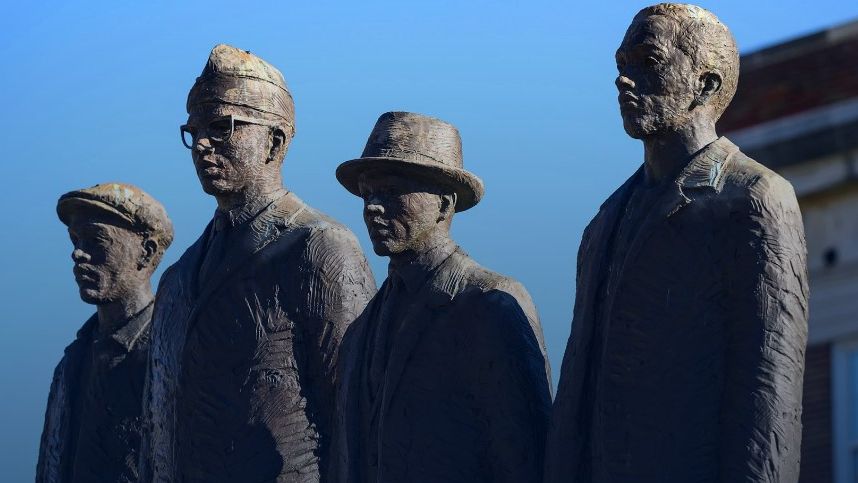EDENTON, N.C. – Throughout February, Spectrum News 1 is celebrating Black History Month by honoring the North Carolinians whose bravery helped change the course of history.
What You Need To Know
- Harriet Ann Jacobs was born into slavery in Edenton, N.C. in 1813
- She learned to read and write, eventually escaping to freedom in 1842
- Jacobs wrote what's believed to be the most comprehensive autobiography accounting slavery ever written by a woman, titled "Incidents in the Life of a Slave Girl"
This week, we’re looking back at the life of Harriet Ann Jacobs with the help of Zachary Lemhouse, staff historian for the Culture and Heritage Museums of York County, South Carolina.
Jacobs was born into slavery in Edenton, N.C. in 1813. Unlike most enslaved people, she was taught to read and write at an early age.
“She escaped to the North in 1842 and worked as a nursemaid in New York City before moving to Rochester, New York, to work in the antislavery reading room above abolitionist Frederick Douglass' newspaper, The North Star," Lemhouse said.
Jacobs used her skills to write the story of her enslavement, self-publishing an autobiographical narrative called "Incidents in the Life of a Slave Girl."
At the time, she used the pseudonym Linda Brent. It was 100 years later that she was properly given the credit for what’s believed to be the most comprehensive account of slavery written by a woman.
“Obviously Harriet Jacobs didn’t want to use her real name,” Lemhouse said. “Because she was a freedom seeker, she was on the run. She escaped from a plantation.”
Lemhouse says the work was proven to be an autobiography, not a work of fiction.
“Thankfully, historian Jean Fagan Yellin published the truth in her biography entitled 'Harriet Jacobs: A Life,' finally giving Harriet Ann Jacobs the credit she deserved,” Lemhouse said.
Little is known about the last years of Jacobs’ life, but historians believe she died in Washington, D.C., on March 7, 1897.
Jacobs was inducted into the North Carolina Literary Hall of Fame on May 17, 1997.
Lemhouse also helps to organize a series of Black History Month events at Historic Brattonsville. To learn more about them, click here.









